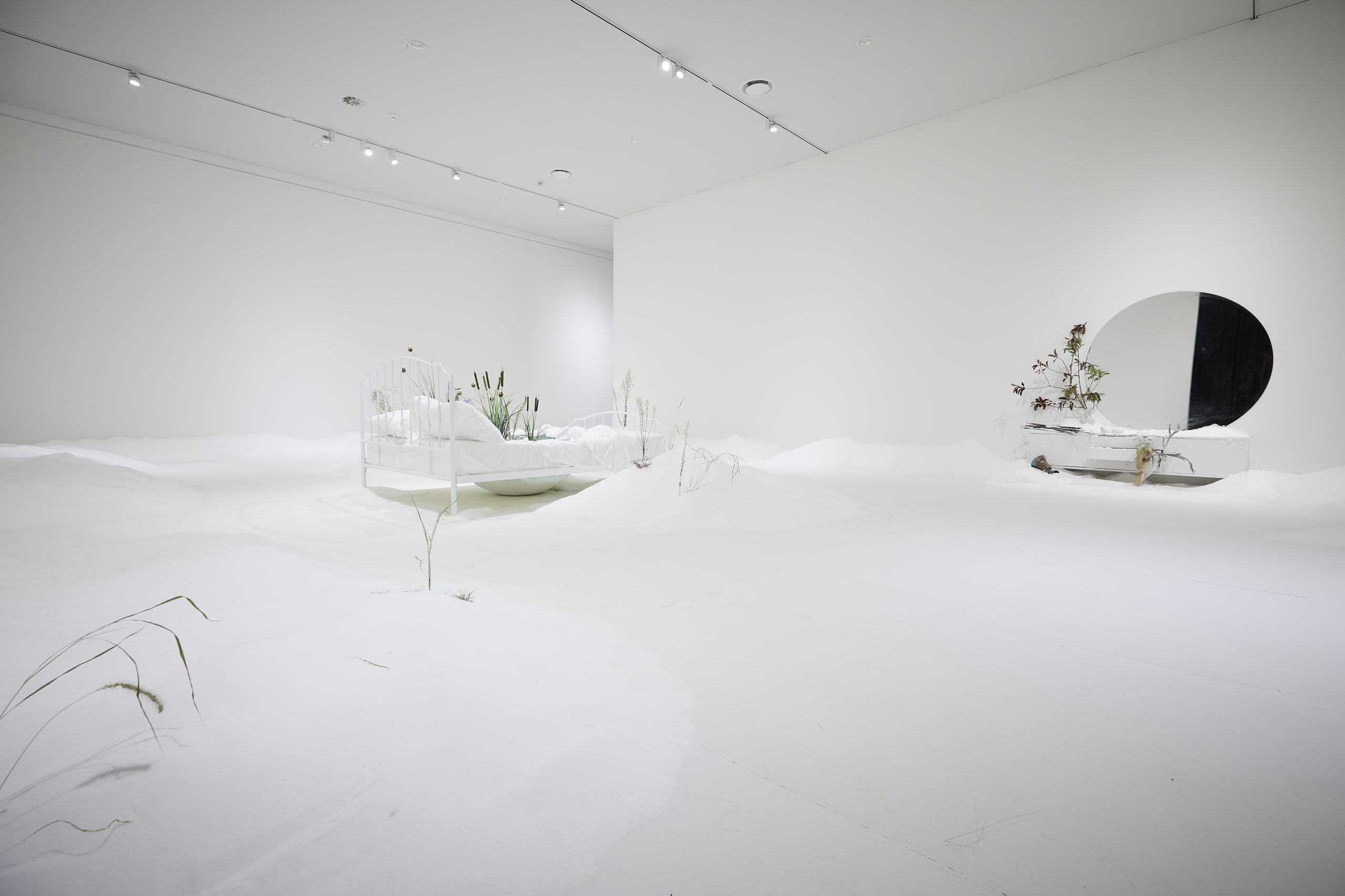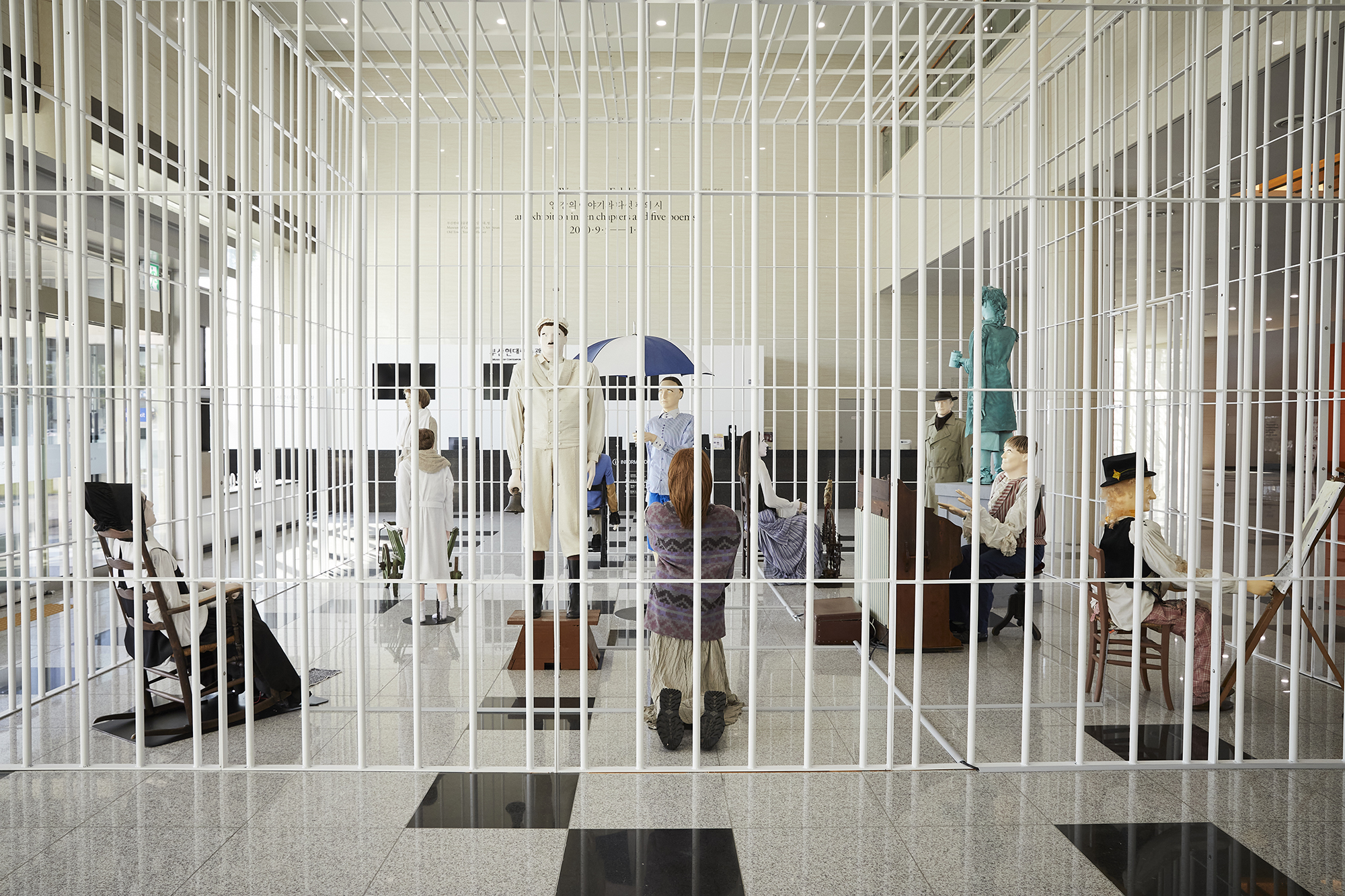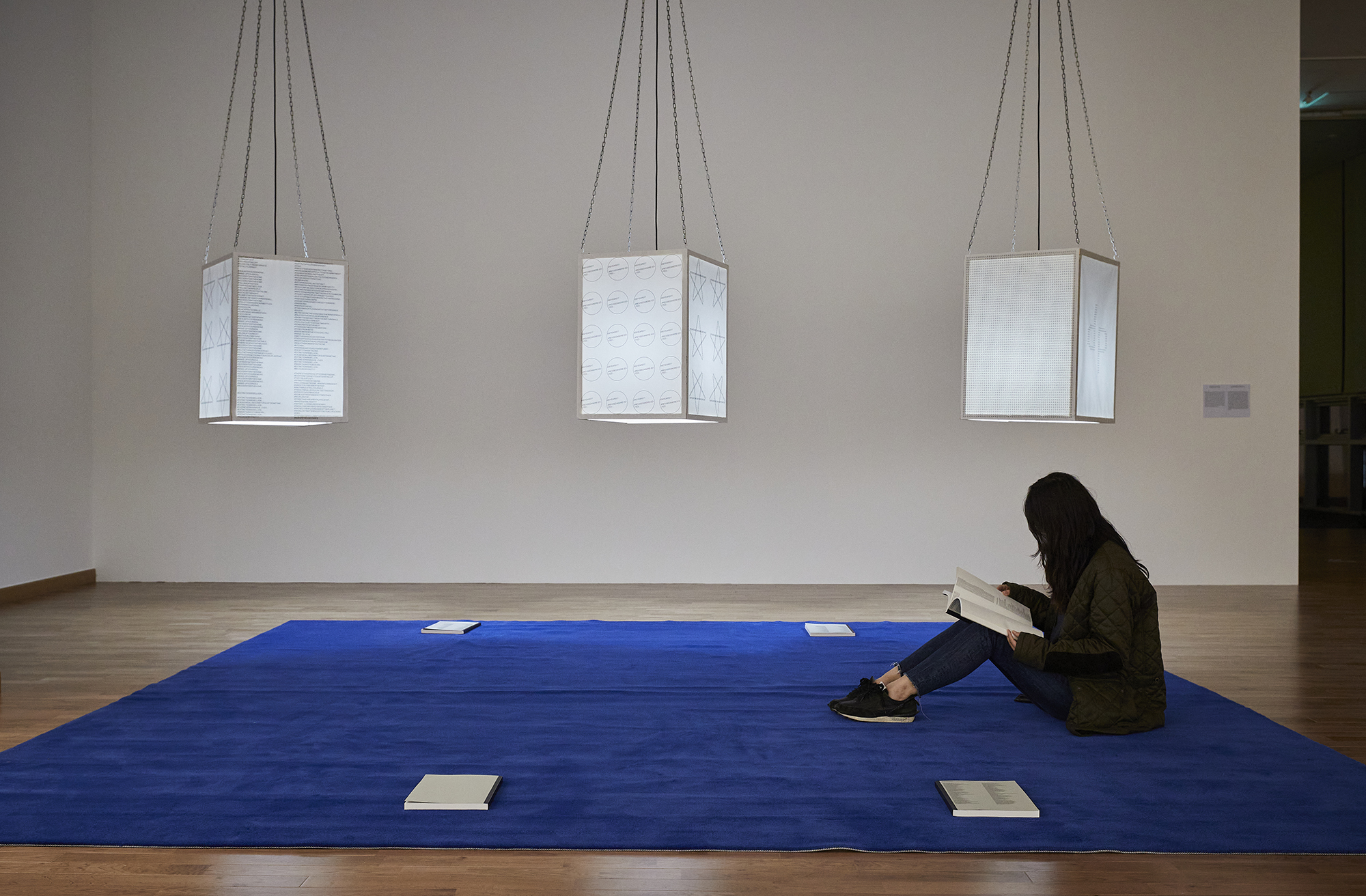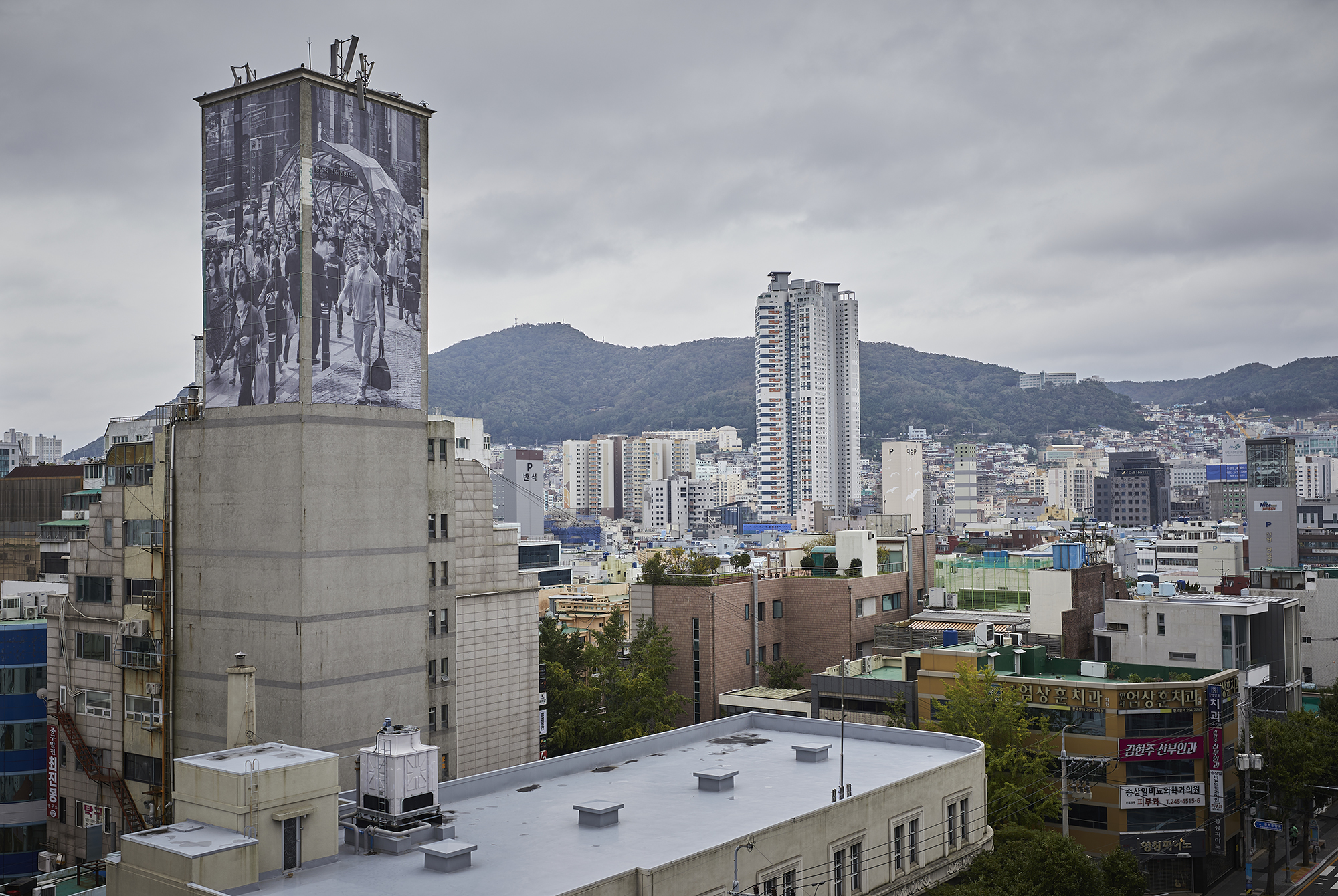Re-Thinking Biennials During a Pandemic: Interview with Jacob Fabricius, Curator of the Busan Biennale (2020)
Jacob Fabricius in Bornholm. Private photo.
We interviewed Jacob Fabricius, Artistic Director, Kunsthal Aarhus and Curator of the Busan Biennale (2020), South Korea. Below he shares with us unique experiences from the Busan Biennale—not only about the challenges, and what was needed to adapt to the changed circumstances, but also the innovative and positive outcomes gained this year whilst hosting a biennial during a pandemic.
The Busan Biennale was held from September till November 2020, so your preparations were hard hit as the pandemic spread and the first lockdown was enforced in the spring. Can you outline for us a couple of the general challenges for the Busan Biennale caused by the pandemic, and how you resolved them in your role as Curator?
The pandemic hit at a fragile time, meaning that from March onwards none of the artists, musicians nor myself could do research locally in Busan, or make exhibition site or space visits. Ultimately too, only the South Korean artists were present to install. One exception was Bianca Bondi who, like me, faced the 14 days quarantine in a government-appointed hotel. Fortunately, all the authors had already visited Busan in 2019 so the conceptual backbone of the exhibition was ready.

Bianca Bondi: The Antechamber, 2020, mixed media, variable dimensions. Installation view, MOCA. Busan Biennale 2020.
In late February, before the lockdown, I had crucial site visits with the purpose of finalising the venues. But after that, for 6 months, I had daily Skype meetings with the exhibition team leader, Seolhui Lee. Everything—also new work and commissions—were installed through instructions via online Skype discussions and video chats.
I’m a very traditional Curator. I like spending time and getting to know the exhibition spaces so I can imagine the works and how they relate to each other in the specific space. This was impossible during lockdown, so everything had to be discussed online. It was difficult for me planning the walls and works not being there myself. But this was of course extremely challenging for the artists. They had to find ways to do research and work without visiting the city and exhibition venues. Admirably, they found new ways of approaching and creating work. By giving instructions and working together with our exhibition team they really succeeded. It was very productive process, and interesting to follow. The exhibition team, and their support team, were so competent at managing this situation and responding to both the artists’ and my requests.

Jos de Gruyter & Harald Thys: Mondo Cane, 2019, animatronic sculptures. Installation view, MOCA. Busan Biennale 2020.
The Busan Biennale’s intention was to embrace the city, its history, and its various metropolitan ‘spectrums’. Aside from the challenges you mentioned above, you found novel ways to work with creating the content of many of the artistic projects in the absence of the artists that could not travel to Busan. Can you tell us about that?
Well, basically it was the artists that found new ways of producing works. Some sent us very short requests, or instructions, others asked the exhibition team to be their hands, eyes and ears— to film and record what they found and saw in and around the city. We also created three open calls to involve Busan voices and audiences. This material was used by some musicians, artists and writers. Installing the exhibition was difficult because I had to try and coordinate everything through Zoom, Skype, and so on. It was somehow easier with people I knew, and had worked with before, but still not easy. My body and brain had to be in many locations installing simultaneously.

Karl Holmqvist: Untitled series, 2020, mixed media. Installation view, MOCA. Busan Biennale 2020.
The Busan Biennale created extensive content accessible for free including audio books, soundscapes, exhibition guides, and even your own introductions titled ‘Detective Jacob.’ It increased accessibility for both local audiences and those who could not travel to Busan. Did any of this content evolve as a result of the pandemic?
Yes, indeed it did. Some things we had already planned as part of the show, such as the audiobook and sound works. When we discovered that we couldn’t open on 5th September as planned, we spent 5 days working full speed on online material. All the artists were extremely forthcoming and wanted to help as much as they could, despite being far away.
‘Detective Jacob’ started as a joke over dinner one evening, but the team liked it and took it from there. Two days before the opening I walked through the Old Town and the harbor Yeongdo venues with a camera crew. It was simply walking through the spaces, talking about the artists and the chapters. The night before the online opening, I did the walkthrough at the MOCA Museum, introducing all rooms and the last 45 artists in one take—everything was done quickly and with very little preparation. It was very popular online, but personally I thought it was too weak and shallow . But it did serve to present an overview of the exhibition and made it accessible to people who could not come to see it locally. This kind of walkthrough could be done much better, but due to the lack of time, and so on, it was not possible to do more take and tries. We also collaborated with a local radio station in Voices of Busan. Through an open we selected local Busan residents to read the commissioned poems and stories to create an audiobook, published online with the music tracks.

Kim Heecheon: A Drill, 2020, two 15x7m banners. Installation view, Old Town. Busan Biennale 2020.
Despite in restricted circumstances, the Busan Biennale was fortunate enough to be able to greet visitors this year. In what way did you see your role as Curator change when having to address the absence of the artists themselves? Did you and your team find any novel ways to re-address, or even communicate the artists’ intentions to your public (in their absence)?
I believe so, but the whole situation was not easy. Of course, things would have been different and much more fun if the artists had been there. But given the situation I thought the result was commendable. We also asked all artists to create short self-introductions to publish online, and from these we got much positive feedback from the audience.
Now that you have successfully curated a major international biennial during a pandemic (and survived it!)—are there any positive ‘take-withs’ that you consider important to implement, or that will help you shape, future projects (whether a biennial, or not)?
That’s a difficult question. I think most people have learned to live with online instead of offline meetings, working on digital platforms and participating in webinars instead of flying to a conference in Frankfurt, or Singapore…and so on. I have learned to live with that and found loopholes here and there. I really missed not having the artists around or having them meet each other—that’s been the worst. The good thing is we have had to think more local, rather than relying on international visitors. I think it’s is paramount that we think local and act local. The local audience should be the most important.
The Busan Biennale 2020, titled Words at an Exhibition–an exhibition in ten chapters and five poems, was held from 9th May till 8th November in various locations in the Busan metropolitan area.
Read more:
Busan Biennale online 3D tour
To experience an inspiring soundwork, Jacob Fabricius’ recommends:
Chapter 9: Electricity Speaks by Amalie Smith
Electricity Speaks can be read here.
3 works from the Busan Biennale on exhibition at Kunsthal Aarhus.
Interview by Claire Gould
